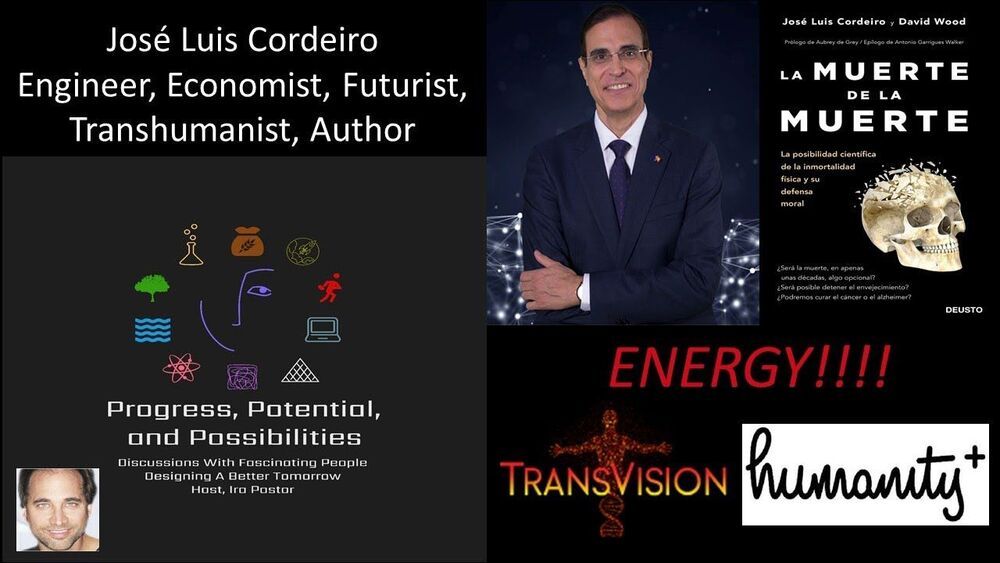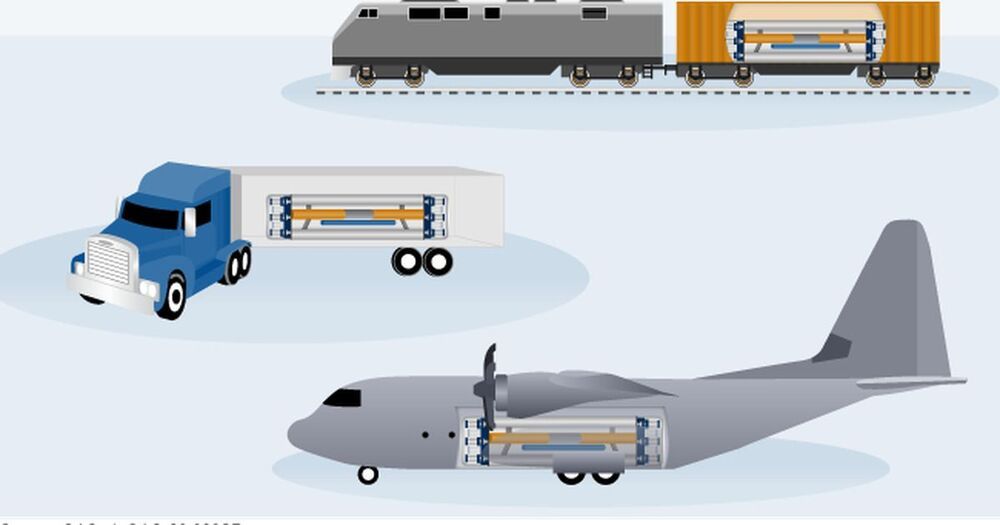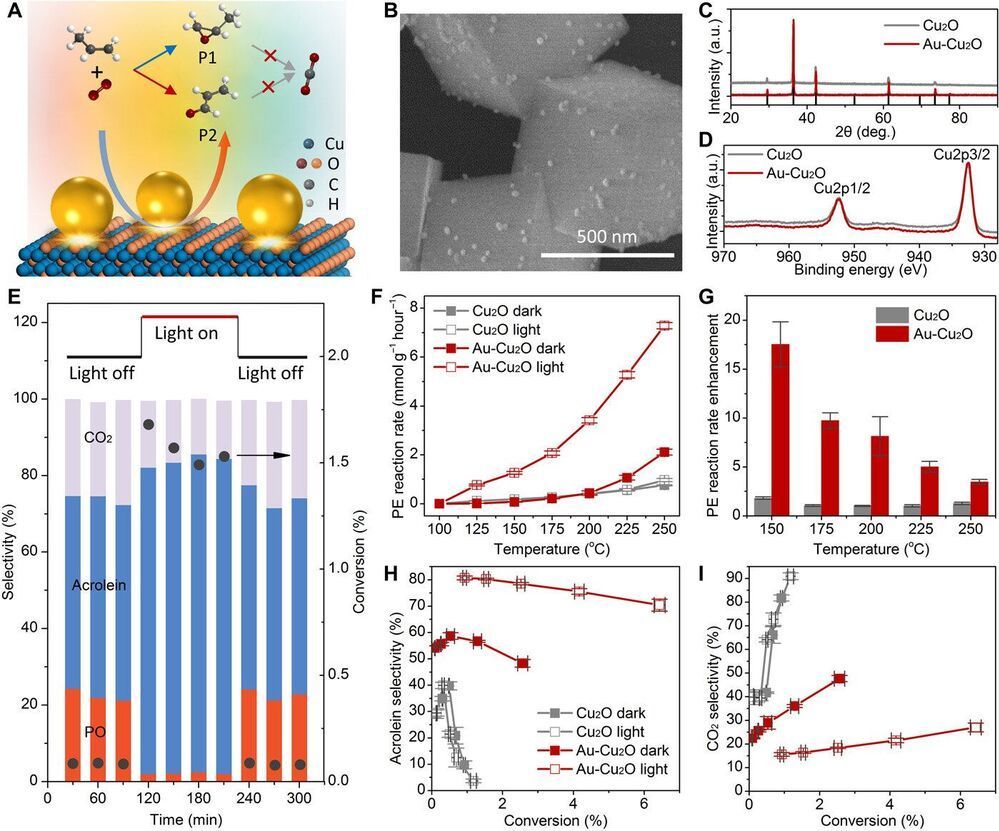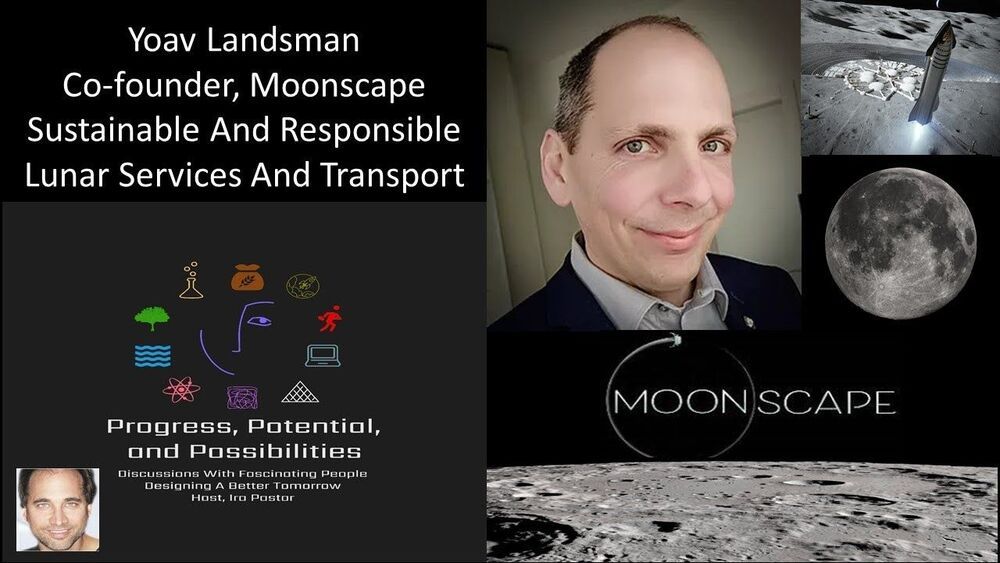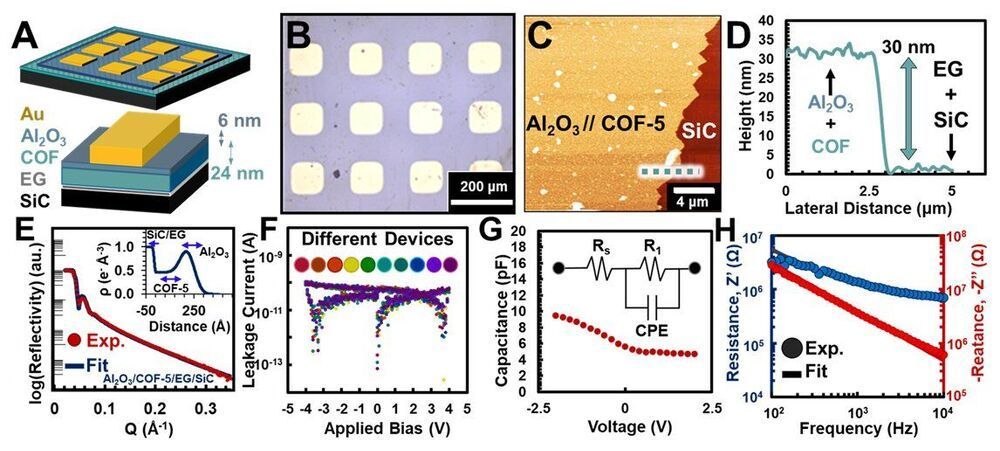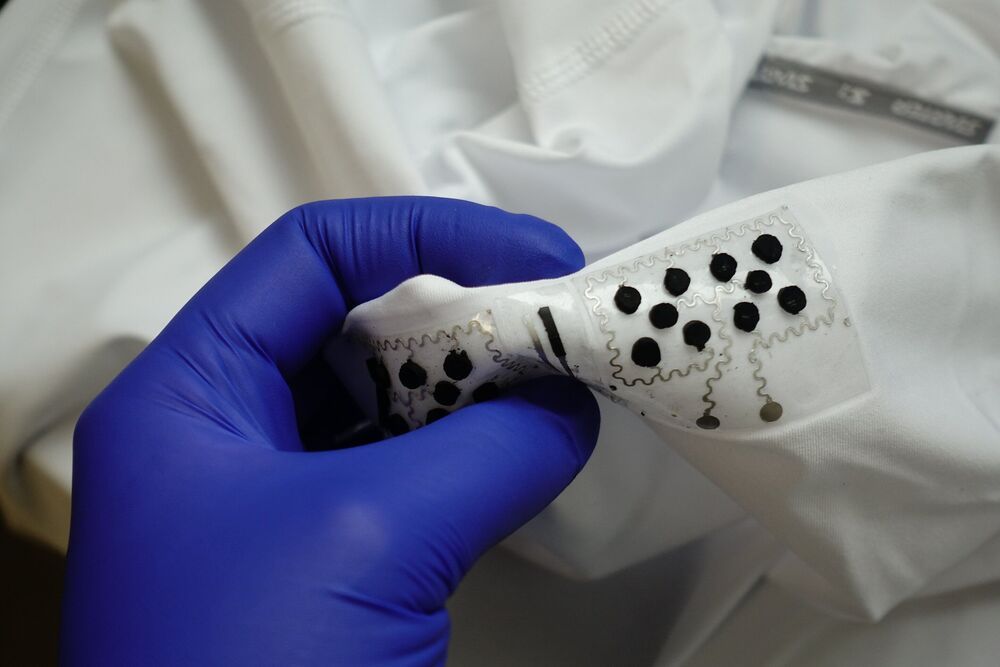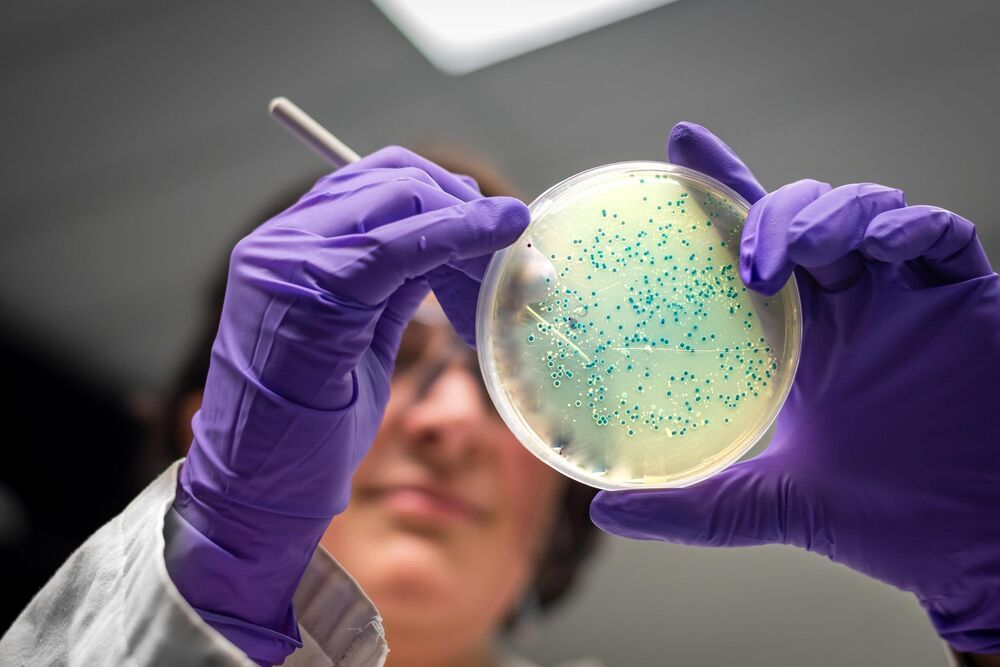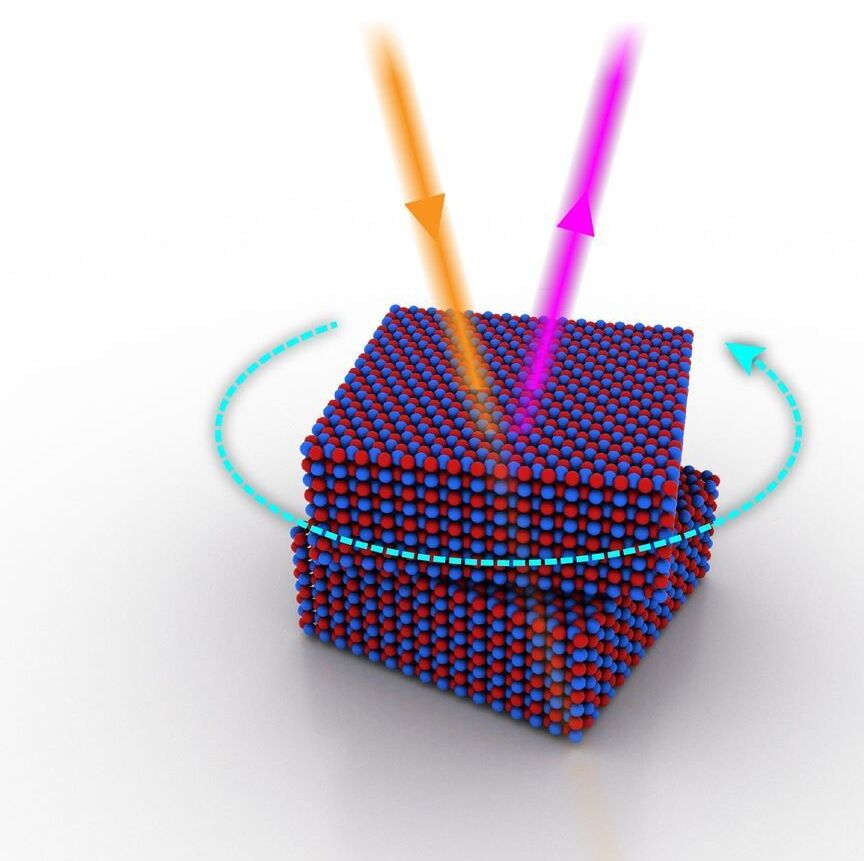ENERGY!!! — Jose Luis Cordeiro, Engineer, Economist, Futurist, Transhumanist, Author, “The Death Of Death”
Dr. José Luis Cordeiro is an engineer, economist, futurist, transhumanist and author.
José Luis is a member of the World Academy of Art and Science, vice president of Humanity +, director of the Millennium Project and founding executive director of the Red Iberoamericana de Prospectiva (RIBER).
Previously, he was director of the Club of Rome (Venezuela Chapter), the World Transhumanist Association and the Extropy Institute.
He has also been a visiting professor at various universities around the world and he has studied, visited and worked in over one-hundred and thirty countries on five continents.
